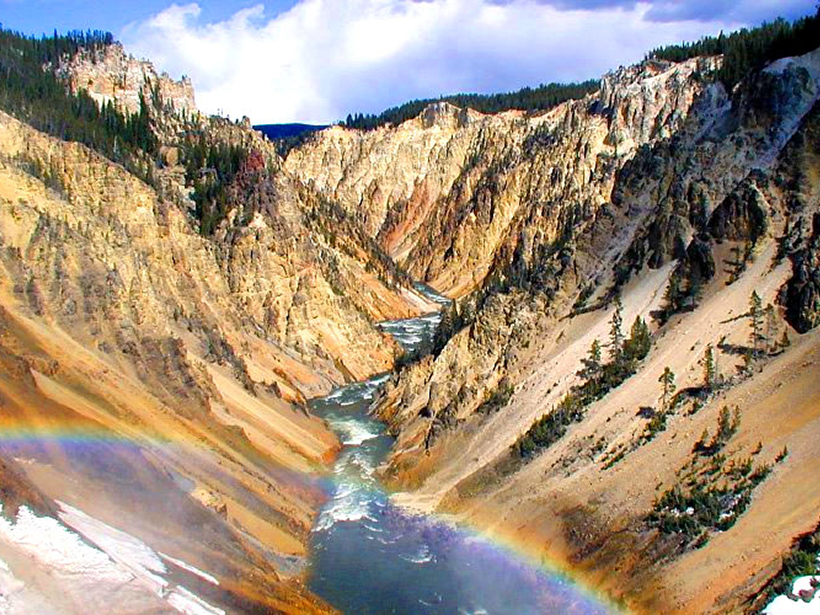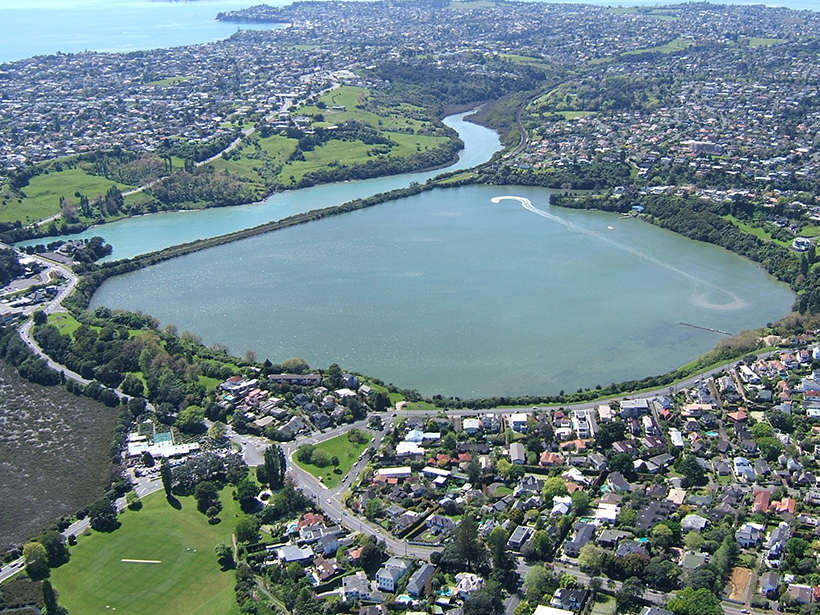Geologists suggest that mixing of magma melt pockets could have caused the explosion a little more than 600,000 years ago.
paleoclimatology & paleoceanography
Bat Guano: A Possible New Source for Paleoclimate Reconstructions
Nitrogen isotopes within samples of bat excrement accurately reflect modern precipitation patterns. So could guano serve as a paleoclimate record?
McManus Receives 2016 Paleoceanography and Paleoclimatology Dansgaard Award
Jerry McManus will receive the Dansgaard Award at the 2016 American Geophysical Union Fall Meeting, to be held 12–16 December in San Francisco, Calif., as selected by a Dansgaard Award selection committee. The award is given in recognition of the awardee's research impact, innovative interdisciplinary work, educational accomplishments (mentoring), societal impact, and other relevant contributions and to acknowledge that the awardee shows exceptional promise for continued leadership in paleoceanography or paleoclimatology.
Simulating the Climate 145 Million Years Ago
A new model shows that the Intertropical Convergence Zone wasn't always a single band around the equator, which had drastic effects on climate.
Developments in Ice Core Research on Past Climate Change
IPICS 2016 Open Science Conference; Hobart, Australia, 7–11 March 2016
Comprehensive Earth System Models of the Last Glacial Cycle
Much of modern climate science fails to consider millennium-scale processes, many of which may prove to be important for predicting the climate trajectory in the shorter term.
Probing the History of New Zealand's Orakei Maar
A team of scientists drilled into the bed within a northern New Zealand explosion crater lake to gain insights into volcanic hazards and past climates.
Subterranean Caverns Hold Clues to Past Droughts
Cave formations offer highly resolved paleoclimate data that scientists plan to use to reconstruct California's ancient patterns of drought.
An Ancient Sea Once Separated the Pacific and Indian Oceans
Seafloor under the hypothesized East Asian Sea vanished 10 million years ago as surrounding plates swallowed it up, according to new reconstructions of plate tectonics in the Philippine Sea region.
Characterizing Superwarm Periods in Earth's History
DeepMIP Kickoff Meeting; Boulder, Colorado, 14–15 January 2016









